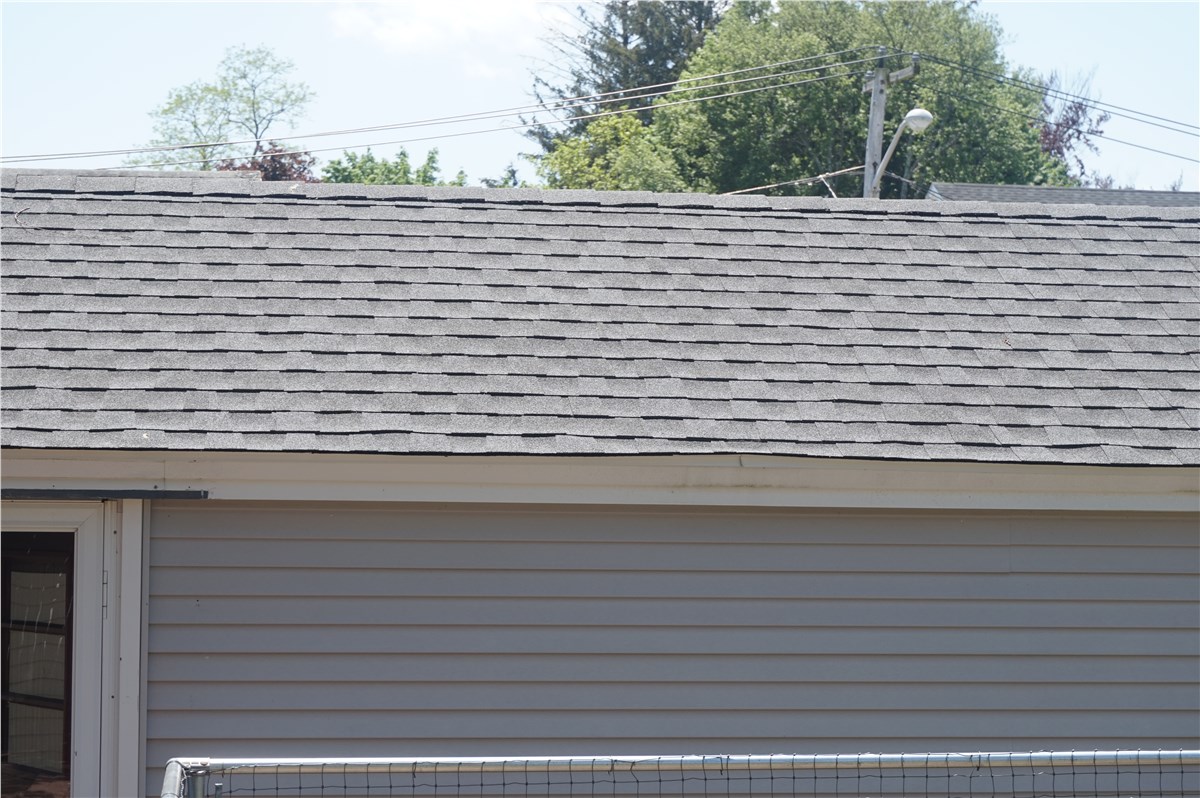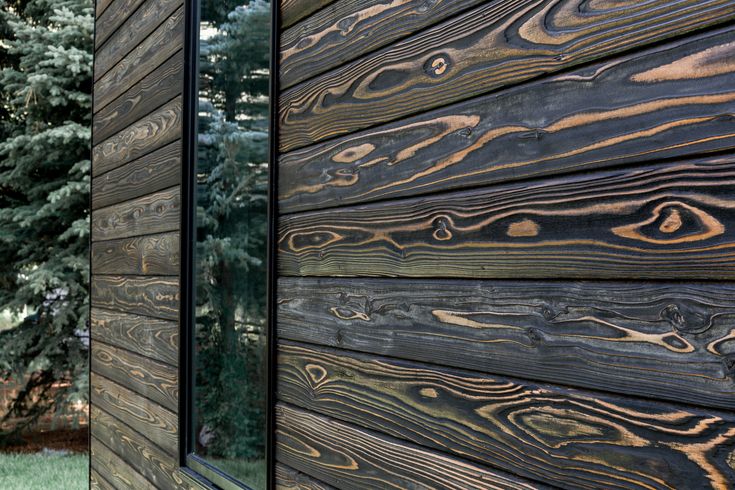Unlocking the Secrets of Siding Estimates
Siding estimates provide a crucial insight into the world of home improvement, shedding light on the various factors that influence costs and decisions. As we delve into the realm of siding estimates, a fascinating journey awaits, filled with valuable information and practical tips.
Exploring the nuances of siding estimates can empower homeowners to make informed choices and navigate the complexities of home renovation with confidence.
Understanding Siding Estimates
In order to understand siding estimates, it is important to consider the various factors that can influence the cost, as well as the different types of siding materials commonly used and their relative costs. Additionally, comparing the cost of professional installation versus DIY installation can help in making an informed decision.
Factors Influencing Siding Estimate Costs
- The size of the project: The larger the area to be covered with siding, the higher the cost.
- The type of siding material: Different materials come at different price points, with some being more expensive than others.
- Additional features: Factors such as trim work, insulation, and labor costs can affect the overall estimate.
- Location: Labor costs and material availability can vary depending on the geographical location of the project.
Types of Siding Materials and Costs
- Vinyl: Vinyl siding is one of the most affordable options, with an average cost of $2-$7 per square foot.
- Fiber Cement: Fiber cement siding is a durable option that ranges from $5-$12 per square foot.
- Wood: Wood siding can cost between $8-$12 per square foot, but may require more maintenance over time.
- Brick: Brick siding is a premium option that can cost $8-$15 per square foot, but offers durability and a classic look.
Professional Installation vs. DIY
- Professional Installation: Hiring professionals for siding installation can ensure quality workmanship, but can cost more due to labor fees.
- DIY Installation: DIY installation can save on labor costs, but it requires the necessary skills and tools to ensure a successful outcome.
- Consider the complexity of the project and your own abilities before deciding between professional installation or DIY.
Obtaining Siding Estimates
When it comes to obtaining siding estimates from contractors, there are a few important steps to keep in mind to ensure you get an accurate and fair quote.To request a siding estimate, start by researching and contacting multiple contractors in your area.
You can reach out to them via phone, email, or through their website to schedule an appointment for an on-site evaluation.
Comparing Multiple Siding Estimates
- Ask each contractor to provide a detailed breakdown of the costs involved, including materials, labor, permits, and any additional fees.
- Consider the quality of materials being used and the reputation of the contractor when comparing estimates. Sometimes a higher price may be justified by better materials or workmanship.
- Look for any discrepancies or inconsistencies in the estimates and ask the contractors to clarify or provide more information if needed.
- Take note of the estimated timeline for the project completion as well, as this can vary between contractors and may impact your decision.
Remember to not only focus on the total cost but also on the value and quality of work you will be receiving.
Negotiating Pricing Based on Estimates
- Once you have gathered multiple siding estimates, you can use them as leverage when negotiating with contractors.
- Be prepared to discuss and compare the estimates in detail, pointing out any discrepancies or areas where you believe the cost can be reduced.
- Ask if the contractor is willing to price match or offer a discount to secure your business, especially if you have received a more competitive estimate elsewhere.
- Keep communication open and be willing to compromise to reach a mutually beneficial agreement that meets both your budget and the contractor's needs.
Factors Affecting Siding Estimates
When it comes to getting estimates for siding installation, several factors can influence the overall cost
Larger homes will require more materials and labor, which can drive up the total estimate. The square footage of the exterior walls that need to be covered will directly impact the amount of siding needed, affecting the overall cost.
Choice of Siding Material
The choice of siding material is another crucial factor in determining the estimate. Different siding materials come at varying price points, with options like vinyl, fiber cement, wood, and metal each offering unique benefits and costs. While vinyl siding tends to be more budget-friendly, premium materials like fiber cement can come at a higher price.
Homeowners should consider both the upfront cost and long-term durability of the chosen material when obtaining estimates.
Additional Features and Labor Costs
In addition to the siding material itself, other factors like trim, insulation, and labor costs can contribute to the overall estimate. Adding decorative trim details, upgrading insulation for better energy efficiency, and hiring experienced contractors can all increase the final cost of the project.
It's essential for homeowners to discuss these additional features with the siding contractor to understand how they impact the estimate and make informed decisions based on their budget and preferences.
Reading and Understanding Siding Estimates
When reviewing a siding estimate, it's essential to understand the breakdown of costs and terms used in the document. This breakdown will help homeowners make informed decisions and ensure the accuracy of the estimate.
Cost Components in a Siding Estimate
- Labor Costs: This includes the cost of installation, labor hours, and any additional work needed.
- Materials: The estimate should detail the type and quantity of siding materials required for the project.
- Permits and Fees: Any permits, inspections, or administrative fees should be clearly Artikeld.
- Additional Services: This may include disposal of old siding, cleanup, or any other extra services provided.
Common Industry Terms and Jargon
-
Linear Foot: A measurement used to determine the length of siding needed for a project.
-
Vinyl vs. Fiber Cement: Different types of siding materials with varying costs and benefits.
-
Square: A unit of measurement equivalent to 100 square feet of siding.
Verifying the Accuracy of a Siding Estimate
- Get Multiple Estimates: Compare estimates from different contractors to ensure they are in line with industry standards.
- Ask for Details: Request a detailed breakdown of costs and materials to understand where the money is going.
- Check References: Look for reviews and testimonials from previous customers to gauge the contractor's reputation.
Closure
In conclusion, siding estimates serve as a roadmap for homeowners embarking on the path of home improvement projects. By understanding the intricacies of siding estimates, individuals can embark on their renovation journey equipped with knowledge and foresight, ensuring a smooth and successful outcome.
Q&A
What factors can influence the cost of a siding estimate?
Factors such as the choice of siding material, size of the house, additional features like trim, insulation, and labor costs can all impact the final cost of a siding estimate.
How can homeowners effectively compare multiple siding estimates?
Homeowners can compare siding estimates by looking at the breakdown of costs, evaluating the quality of materials proposed, and assessing the reputation and experience of the contractors providing the estimates.
What are common industry terms found in siding estimates?
Common industry terms in siding estimates include square footage, linear feet, trim, insulation, labor costs, and various types of siding materials like vinyl, wood, fiber cement, or metal.

